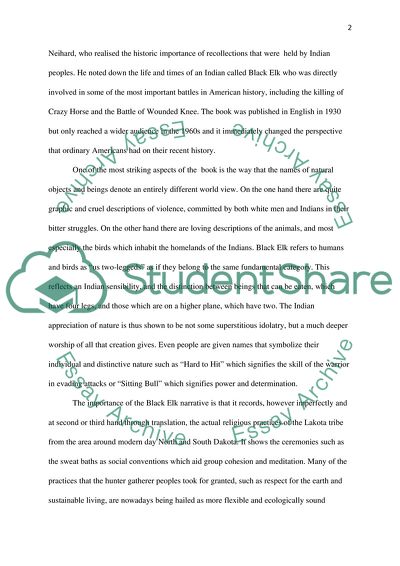Cite this document
(Native American Religions: Initial Reconsiderations Book Report/Review Example | Topics and Well Written Essays - 1250 words, n.d.)
Native American Religions: Initial Reconsiderations Book Report/Review Example | Topics and Well Written Essays - 1250 words. https://studentshare.org/religion-and-theology/1749924-native-american-religions
Native American Religions: Initial Reconsiderations Book Report/Review Example | Topics and Well Written Essays - 1250 words. https://studentshare.org/religion-and-theology/1749924-native-american-religions
(Native American Religions: Initial Reconsiderations Book Report/Review Example | Topics and Well Written Essays - 1250 Words)
Native American Religions: Initial Reconsiderations Book Report/Review Example | Topics and Well Written Essays - 1250 Words. https://studentshare.org/religion-and-theology/1749924-native-american-religions.
Native American Religions: Initial Reconsiderations Book Report/Review Example | Topics and Well Written Essays - 1250 Words. https://studentshare.org/religion-and-theology/1749924-native-american-religions.
“Native American Religions: Initial Reconsiderations Book Report/Review Example | Topics and Well Written Essays - 1250 Words”. https://studentshare.org/religion-and-theology/1749924-native-american-religions.


